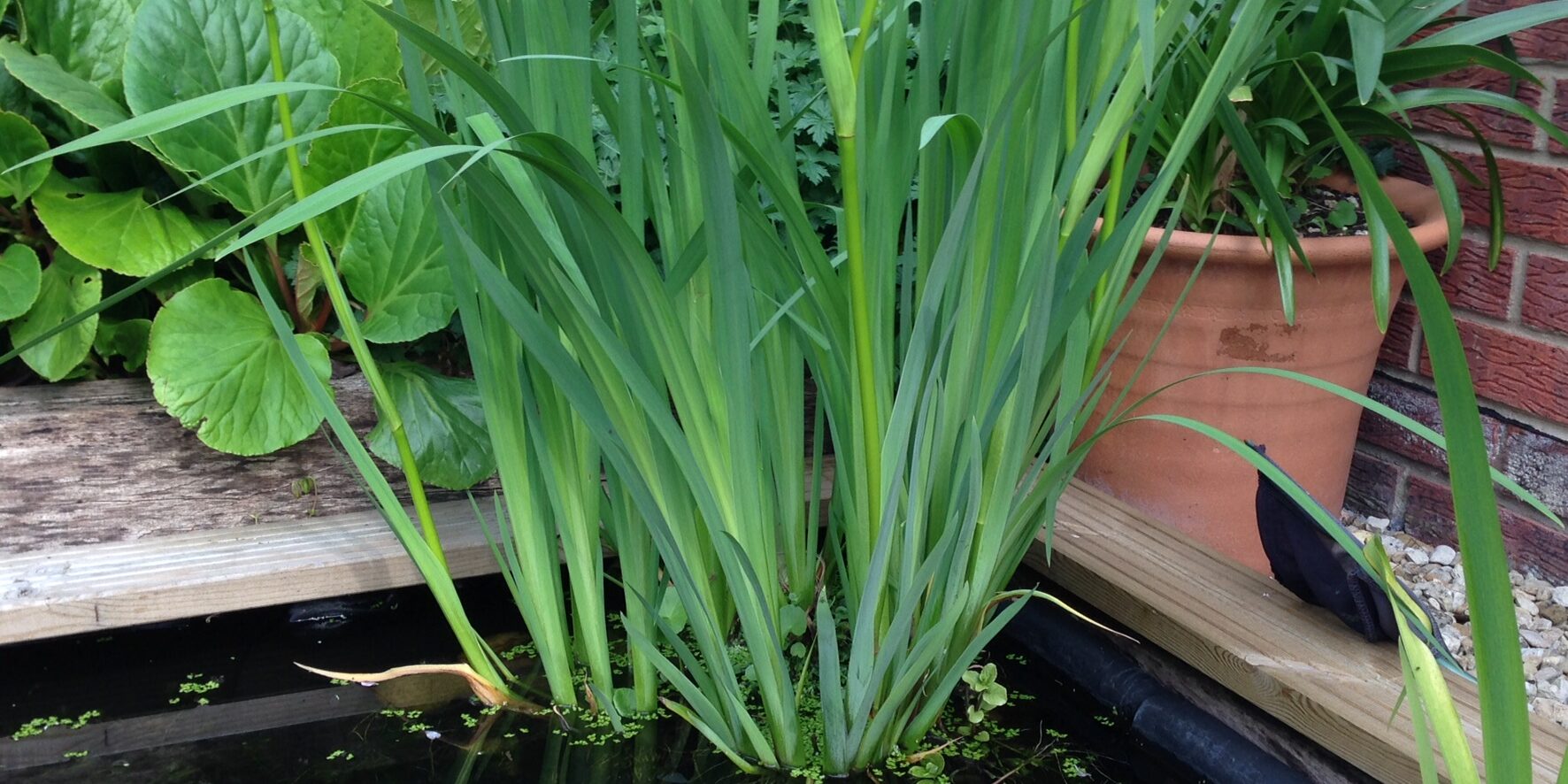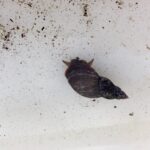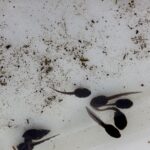At Bristol Avon Rivers Trust we’re passionate about the wildlife in the rivers, streams and still-waters around the Bristol Avon catchment. The lockdown is affecting us all and as you can imagine, the work of the Trust is also being affected. However, there is still something those of us fortunate enough to have a garden could make a start with and it’s pretty simple – creating a wildlife pond.
What’s the point?
The network of healthy water bodies in the UK is under threat. In the last 100 years 50% of UK ponds have disappeared, others have deteriorated badly. It’s a sobering thought that some amphibians may now be more common in garden ponds than in the countryside.
Creating a garden pond will provide a home or nursery for many species. Even small ponds attract wildlife including frogs, newts, toads, dragonflies, damselflies, birds, hedgehogs, even grass snakes. You just need to create the habitat and establish a few plants. Other species colonise naturally.
As well as giving nature a helping hand your pond will be a wonderful place for you and your children (if you have them) to observe it and learn more.
Things to think about
Typically, ponds establish more quickly if created in the autumn, but they can be made at any time of year. As with anything, often the best time to make a start is right now (tomorrow never comes). Also, there is nothing to stop you writing a plan straight away.
Of course, safety is always a priority so if you have babies/young children in the household do consider what you do very carefully. Also, animals will need a way out (e.g. hedgehogs have been known to fall in to ponds when coming for a drink) so a beach area and/or a gently sloping ramp (e.g. a log) which can be climbed up is a good idea.
You will need
- An area in your garden – take some time to choose the location carefully
- Pond liner – preferably made of butyl rubber (durable, flexible, moderately cheap and easy to work with) or a preformed plastic pond
- Builder’s sand or underlay – this goes into the hole before the liner to prevent punctures
- Water – ideally use rainwater for best results
Dig out the pond, with deeper and shallower areas and level shelves (for aquatic plant pots to sit on). Add plants to your pond 1-2 weeks after the initial filling if you used tap water – so the chlorine and fluorine, have evaporated.
A mix of plants will support your local wildlife and should help the pond stay in a relatively balanced ecological state, keeping maintenance low (e.g. keeping an eye out for a build-up of dead organic matter and encroaching vegetation). Several different types of plants are needed:
- Underwater (in deeper water): Oxygenating plants which keep the whole pond healthy – e.g. Hornwort. Also submerged, but with floating leaves, to provide shade/cover – e.g. water lily
- Shallower areas – emergent plants – e.g. yellow flag iris (hatching insects use them to climb up)
- Surrounding (growing up to the pond edge) marginal plants – e.g. brooklime, water mint
UK wildlife has evolved alongside UK native plants so in a wildlife pond it’s always worth using them only as they benefit the widest range of species.
- Native water lilies root themselves in deeper water
- Pond snails will make the garden pond their home. They help reduce the build up of decaying organic matter on the pond bottom
- Frog tadpoles are abundant in our pond this year!
Problems
Your pond may face problems from time to time, especially when getting established:
- Water quality – tap water often contains nitrates. These stimulate plants to grow and if you’ve filled your pond from a tap you may get a bloom of algae after a few weeks. Any pesticides or herbicides (e.g. from spraying roses if near the pond) could also damage the wildlife
- Algae – is food for tadpoles and invertebrates but if it gets out of balance it can reach the “green soup” stage, affecting other wildlife. Later when it dies back and decomposes this process may rob the water of dissolved oxygen, suffocating everything else
- Over-dominant species – some plants will do their best to take over. Non-native species are particularly prone to this as there are fewer natural grazers. Your goal should be to achieve a balanced ecosystem. This may take time. Buying some UK native water snails may help
- Landscaping/profile – steep sides with no shallow areas or nothing to climb up and out will limit the range plants and may trap animals
These issues aren’t unusual and can be overcome. In fact, BART’s work addresses issues like these in rivers and streams across our area, applying the knowledge and skills in the team to put things right.
Contributing to our work
BART is facing a major challenge because of Covid-19. It’s more important than ever that members of the public donate and help to ensure the great work being done to conserve and enhance nature on our local rivers, streams and water bodies continues. You can donate here
Find out more
There is loads of material available to help you from garden centres and plant suppliers, some of which have dedicated UK wildlife pond sections. You may have seen the recent Countryfile episode featuring Matt Baker building a wildlife pond. Link to information on ponds from Countryfile:
https://www.countryfile.com/go-outdoors/garden-wildlife-pond-guide-how-to-identify/
There is a very active, helpful Facebook group which you could refer to as well – Wildlife Ponds UK – which has over 6,000 members.
Keep in touch – Follow BART on Facebook or Twitter or use the news page on our website register for Newsletters.











